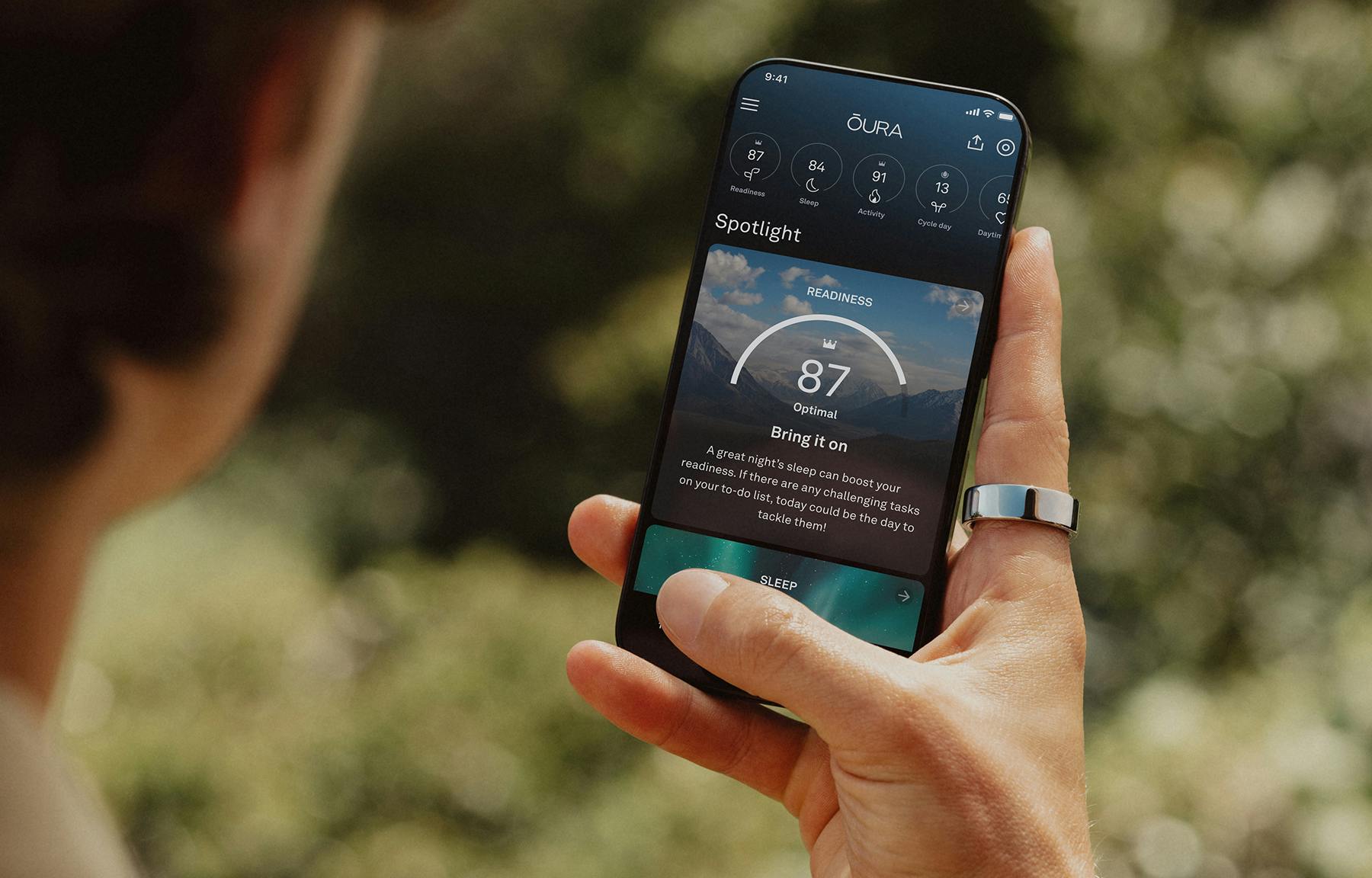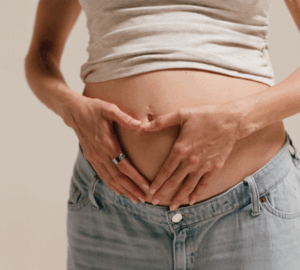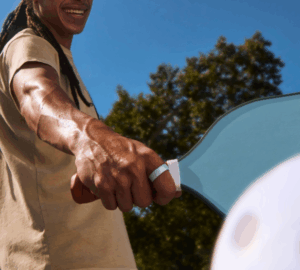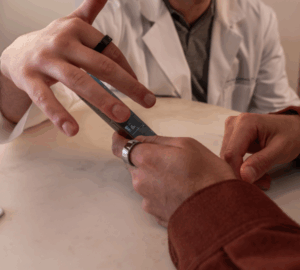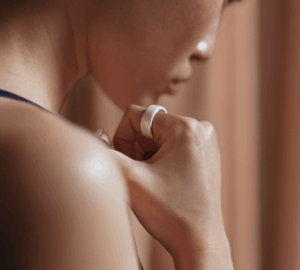Who: Jerome S., 32, content marketing executive, North Carolina, USA
Surprising Oura insight: After pairing the Stelo Glucose Biosensor with Oura, Jerome was surprised to learn that white rice spiked his blood glucose so much more than brown rice. He also learned a brief walk after eating helped to quickly stabilize his blood sugar levels.
Jerome J. Sanders is a purpose-driven marketing executive who leads content marketing at Credo AI, where he helps Fortune 500 companies navigate responsible AI governance. But outside of work, Jerome wears many hats: triathlete, three-time Ironman athlete, health optimization enthusiast, and community builder.
He uses Oura to fine-tune his performance, support his recovery, and track his sleep, meals, and glucose. Whether he’s logging 90-mile rides or making small daily shifts to feel « 1% better, » Jerome sees Oura as a tool not just for performance—but for long-term wellbeing.
What led you to Oura?

I’ve always tried to optimize my lifestyle. I played soccer and basketball for over 10 years, and about three years ago, I started my Ironman journey. Once you get into endurance sports, you start asking: How do I get just 1% better every day?
I was already using another wearable, but I was missing a deeper understanding of my sleep and recovery patterns. That’s what led me to Oura, and I’ve worn it ever since. It’s helped me become much more in tune with my body, mind, and overall wellbeing.
But there’s another layer to this, too. I’m married, and we’ve been having a lot of candid conversations about our future—starting a family, longevity, the kind of parents we want to be. There’s this idea that it’s only women who need to ‘get healthy’ for pregnancy, but I’m doing my part too. I want to learn about my body, track my metrics, and contribute to a healthier future for both of us.
We’ve also recently gotten an Oura Ring for my partner, and she just started her journey last week.
What are your favorite ways to use Oura?
I use Oura on two fronts: athletic performance and long-term health. I’m training for Ironman Barcelona (a 140.6-mile race) right now, and I heavily rely on Oura Advisor—who I’ve named Crystal. I use this function almost every day, especially for nutrition, glucose, recovery insights, and goal tracking. Fridays are my deeper check-in days. I ask questions like: How am I trending toward my October race? What’s working? What do I need to adjust?
Advisor provides tailored insights that help me adjust in real time. As an example, a recent insight told me: ‘Yesterday’s activity was notably strong… your recovery remained on track with a solid Readiness Score and strong Resilience, showing your body +is keeping up with your training load.’ It even reminded me to hydrate, take active rest, and reflect on what’s sustainable.

Words of affirmation are my love language, so that kind of verbal support can be a huge motivator, especially when you’re pushing your body this hard. Advisor is more than a tool—it feels like a coach or companion.
READ MORE: Advisor in Action: How to Get Started With Oura Advisor
How have you been using Oura’s metabolic health features?
I’ve paired the Stelo Glucose Biosensor with Oura to better understand how food impacts my glucose, and I use the Meals feature to log my meals. I don’t have diabetes, but I’m always looking to optimize.
From using Meals and Glucose in conjunction, here are some of the most interesting discoveries:
- White rice causes a noticeable glucose spike, but brown rice doesn’t—a small but impactful shift. Bananas also cause a big spike!
- A 10–20 minute walk after eating helps to stabilize my blood glucose. It flattens the curve and keeps my energy levels more consistent—especially important when I’m burning 5,000+ calories on long training days.
- Glucose gels during endurance events don’t spike my blood glucose, likely because I’m actively burning through the fuel in real time.
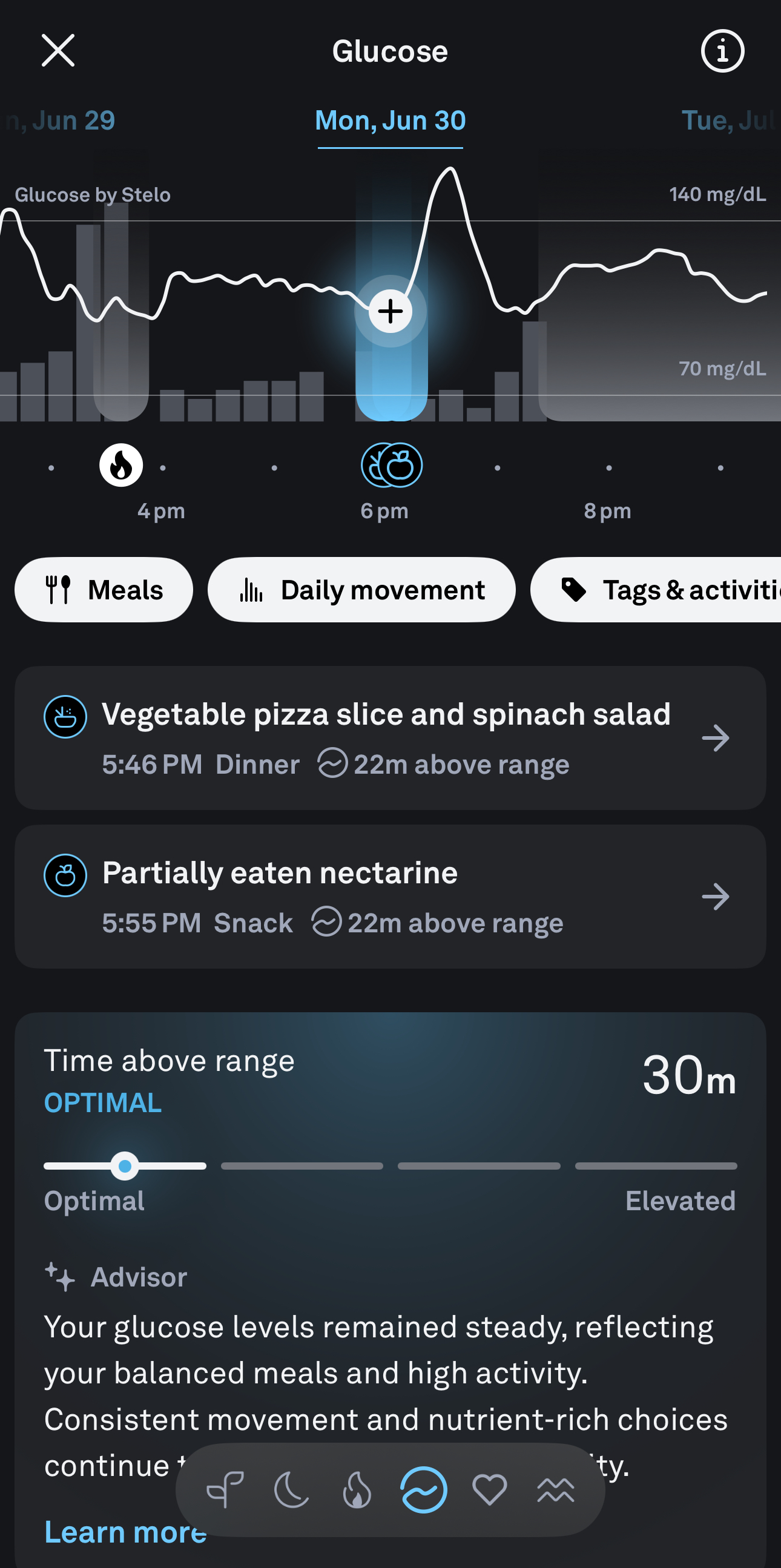
LEARN MORE: 6 Ways Stable Glucose Levels Support Your Health
Oura doesn’t just show the spike; it gives me actionable strategies to recover. That kind of real-time feedback helps me fine-tune my nutrition and daily habits.
Additionally, the daily nudges—like when Oura reminds me to start winding down around 9pm—are really helpful. I have three different Oura Circles going, and we actually talk about our data. I aim for seven to eight hours of sleep a night, and my circle keeps me accountable with my sleep needs. We’re all working toward better health, and it becomes a support ecosystem.
READ MORE: Oura Circles: Connect with Your Community and Reach Your Goals Together
How does this connect to your broader mission?
In the Black and Brown community, we haven’t always had access to health data—or trust in the systems delivering it. I’ve been having more conversations with my peers about reclaiming that power. Wearing Oura, tracking our metrics, being part of the tech—it’s not just about buying a product. It’s about being in the room where health innovation is happening.
We need to see ourselves represented, and we need to feel invited. Oura gives me an objective, accessible way to understand my body—and that’s something I want more people in my community to experience.
RELATED: An Interview With Col. Gregory Gadson: How Oura Ring Became His “Battle Buddy” & Health Coach
What’s Your Oura Story?
Everyone’s story is unique, and we’d love to hear yours. Share your story here.





